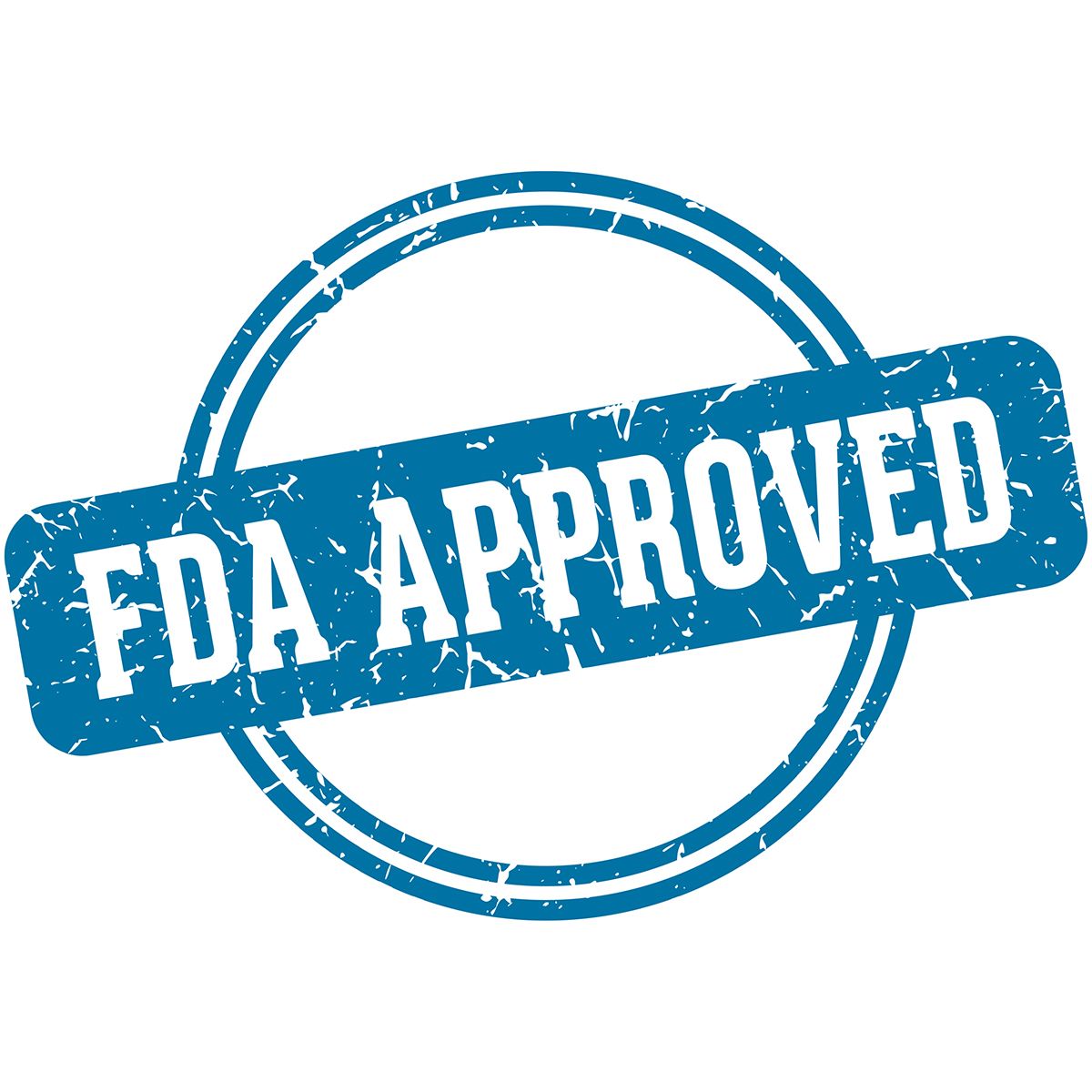Last week, we saw a few moving parts in the regulatory space, from new NCCN guidelines for pediatric neuroblastoma treatment to FDA Fast Tracks and Priority Reviews. Also last week, we covered research showing that a lower dose of an anti-emetic drug could have similar efficacy — and fewer side effects — than the standard, higher dose.
Topics discussed:
- 0:55 NCCN publishes guidelines for pediatric neuroblastoma treatment
- 2:20 FDA fast tracks ARV-471 for metastatic breast cancer
- 3:29 FDA grants priority review to Alecensa for ALK-positive non-small cell lung cancer
- 5:03 Lower dose of an antiemetic drug may be as effective as the standard dose
NCCN Guidelines Give Framework for Childhood Neuroblastoma Treatment
The National Comprehensive Cancer Network recently published guidelines for the treatment of pediatric patients with neuroblastoma. This resource is geared toward mitigating unnecessary side effects and over treatment in patients with low-risk disease, while also developing the best treatment plans for high-risk patients.
CURE® spoke with Dr. Rochelle Bagatell, professor of Pediatrics and Solid Tumor Section Chief at Children's Hospital of Philadelphia, and Chair of the NCCN Clinical Practice Guidelines in Oncology (NCCN Guidelines®) Panel for Neuroblastoma, who emphasized that while these guidelines can influence treatment strategies, conversations between patient families and clinicians and even insurance coverage, each patient’s care should be as personalized as possible.
“There may be specific cases where the nuances of a particular patient's case means that you have to adjust your thinking from what's written on those nice, clear lines,” Bagatell said. “But the general guidance about how to think about the risk of recurrence, what general type of therapy would be appropriate, how much chemotherapy when to do surgery. Those are the kinds of things that patients and families can look at and bring to their doctor and discuss.”
FDA Fast Tracks ARV-471 for Metastatic Breast Cancer
Last week the Food and Drug Administration (FDA) granted a Fast Track designation to ARV-471, a novel drug being studied for the treatment of patients with ER-positive, HER2-negative locally advanced or metastatic breast cancer. Specifically, this indication of ARV-471 is for patients who previously underwent endocrine therapy.
Fast Track designations are given to drugs that show promise in treating serious conditions and fill an unmet need. The goal is to speed up the review and potential approval of these therapies.
ARV-471 is being studied in the phase 3 VERITAC-2 clinical trial, which is comparing ARV-471 to Faslodex in this patient population. Preclinical studies showed that the drug induced tumor shrinkage and degradation.
FDA Grants Priority Review for Alecensa in Some ALK-Positive NSCLC
Also in FDA news from last week, the agency granted a priority review to Alecensa as a postsurgical treatment for patients with early-stage ALK-positive non-small cell lung cancer.
The priority review is based off findings from the phase 3 ALINA trial, which showed that the drug led to a 76% reduction in the risk of disease recurrence or death compared with chemotherapy treatment. Findings from this study also showed that at two years, 93.8% of patients taking Alecensa experienced disease-free survival (which is the time after treatment when patients do not have symptoms of complications from their cancer), compared with 63% in the chemotherapy group. At three years, disease-free survival rates were 88.3% and 53.3%, respectively.
With the priority review, the FDA said that they plan on making an approval decision on Alecensa on or by May 22, 2023, though those dates can always change.
Lower Dose of Nausea, Vomiting Drug Controls Chemo Symptoms
Finally, research showed that a lower dose of a nausea and vomiting drug could be just as effective as the higher, standard dose when it comes to controlling chemotherapy-induced nausea and vomiting.
A study published in The Lancet Oncology found that a 2.5-milligram dose of olanzapine is not inferior (meaning it is no less effective) than a 10-milligram dose. Specifically, the researchers looked at the use of rescue medications, vomiting episodes and mild nausea over the course of 120 hours.
Notably, this lower dose can also lead to a decrease in side effects related to the drug, such as feeling of lethargy and drowsiness.
For more news on cancer updates, research and education, don’t forget to subscribe to CURE®’s newsletters here.




